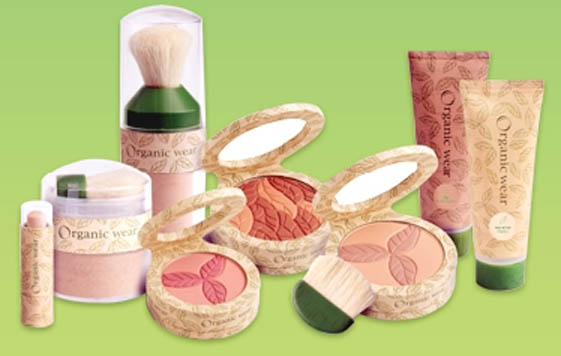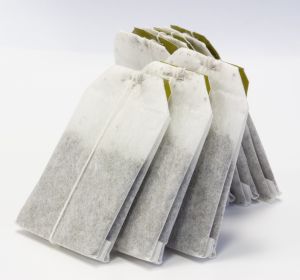Let me make a rundown of the different types of cloth diapers out there:
 Prefold: these are the old school cloth diapers (what many use as burp cloths) but diaper pins are no longer necessary with the Snappi. You also need to put a diaper cover over these to prevent leaking.
Prefold: these are the old school cloth diapers (what many use as burp cloths) but diaper pins are no longer necessary with the Snappi. You also need to put a diaper cover over these to prevent leaking. Contour: These are similar to a prefold except that instead of rectangular, they are "contoured" to the shape of a baby so no folding is necessary. Again, these are used with a Snappi and diaper cover.
Contour: These are similar to a prefold except that instead of rectangular, they are "contoured" to the shape of a baby so no folding is necessary. Again, these are used with a Snappi and diaper cover. Fitted: These are typically made of microfiber and look similar to a disposable as they have elastic around the legs and a Velcro closure. These also need a diaper cover.
Fitted: These are typically made of microfiber and look similar to a disposable as they have elastic around the legs and a Velcro closure. These also need a diaper cover. Pockets: These have the convenience of a disposable as they have elastic around the leg and Velcro or snap closure and no diaper cover is needed. There is a "pocket" inside the diaper to allow as many absorbent layers to be used as needed.
Pockets: These have the convenience of a disposable as they have elastic around the leg and Velcro or snap closure and no diaper cover is needed. There is a "pocket" inside the diaper to allow as many absorbent layers to be used as needed. All-In-Ones: It doesn't get much more dumby proof then this. Everything is all packed into one diaper....no Snappis, no covers, no inserts.
All-In-Ones: It doesn't get much more dumby proof then this. Everything is all packed into one diaper....no Snappis, no covers, no inserts. One-Size: These are quite ingenious. These diapers (some are pockets and some are all-in-ones) adjust in size according to your babies height/weight so you only need to buy one size diaper for the length of time your child is in diapers (most fit from 7-35 lbs)
One-Size: These are quite ingenious. These diapers (some are pockets and some are all-in-ones) adjust in size according to your babies height/weight so you only need to buy one size diaper for the length of time your child is in diapers (most fit from 7-35 lbs)After doing my trial I decided to get All-In-One One-Size diapers for day and Pocket One-Size diapers for night. I like the pockets better at night because I can add more layers to keep him dry all night long. Both kinds of diapers I bought are made by BumGenius. I absolutely love them! Laundering them really is not bad at all and the "ick" factor is not nearly as bad as I had anticipated; especially since I use flushable liners. For those considering making the switch, I highly recommend checking out the diaper trial. It will help you make up your mind. And besides being better for the environment, they are cheaper (in the long run) then disposables and they are btter for your babies skin because the fabric breathes.
Here is a list of cloth diapering supplies you would need:
- Diapers (duh!)
- Cloth Wipes (Optional, but I recommend it. I just use baby washcloths by Gerber which are super cheap.)
- Wipes Solution (not necessary for cloth wipes but I like to use it....some people just use water with some baby wash)
- Diaper Pail (a kitchen garbage can with a lid works just fine)
- Diaper Liner (its like a waterproof laundry bag)
- Wetbag (this is for trips out to keep soiled diapers in)
- Diaper Cream (You need to make sure you have something friendly to cloth diapers as most of your "known" brands can ruin the absorbancy of your diaper.)
- Laundry Detergent (Again, you need to make sure your detergent is safe to use with your diapers)
That's it! Happy diapering!









